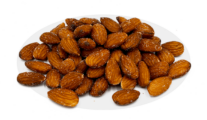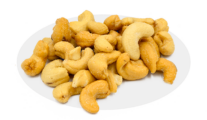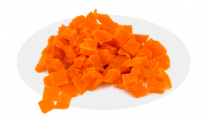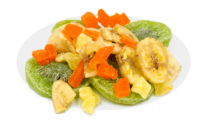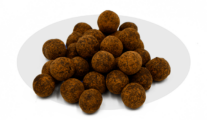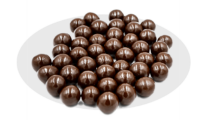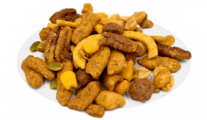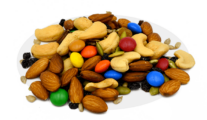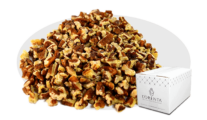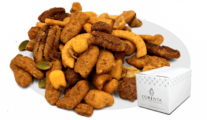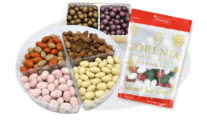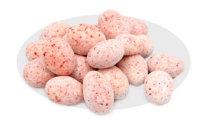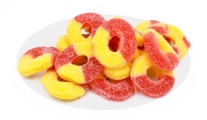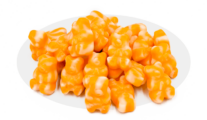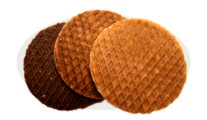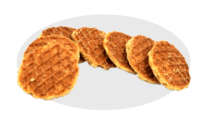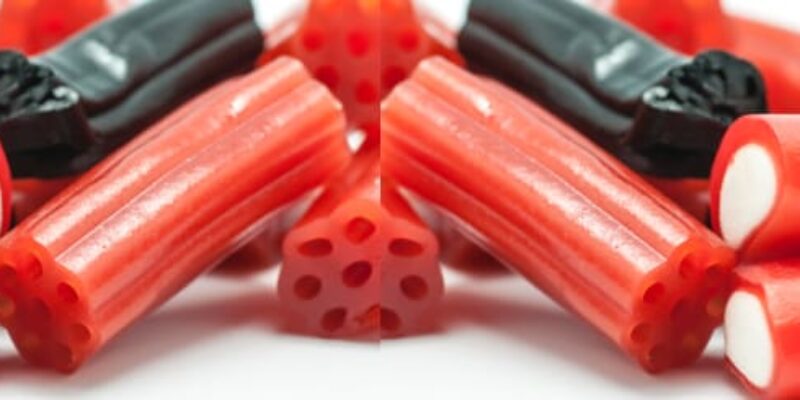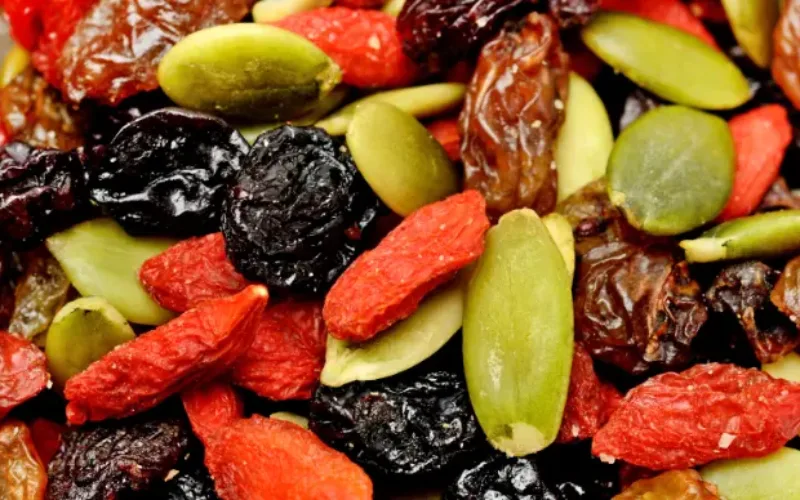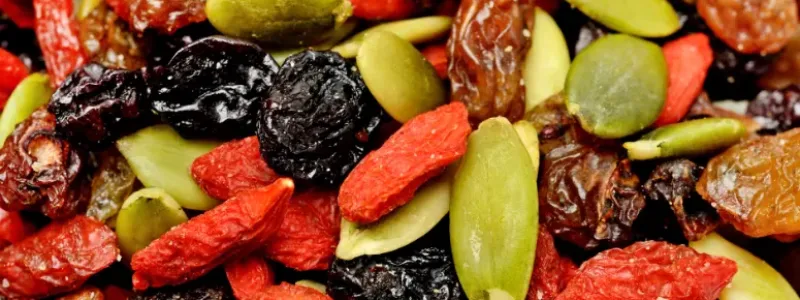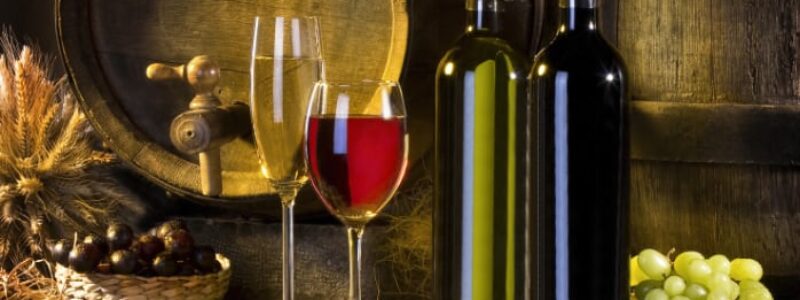Written By Sam Henselijn
Licorice root is one of the world’s oldest herbal remedies, being used for several civilizations throughout centuries. Thankfully for the sweet confection fans, its usage has evolved over the years to include the wide variety of candy we know and love. Read more in this Tasty Guide to Licorice Candy
Licorice history
Licorice has a long history that dates back thousands of years. In fact, evidence of its use can be traced back to ancient Egyptian and Hindu civilizations. Back then, licorice was mostly used for its medicinal properties. Licorice root has been said to help alleviate inflammation, chest congestion, and allergies. More recent studies have confirmed that licorice can indeed soothe an upset stomach and cleanse the respiratory system.
Black licorice was first cultivated in a monastery in England before it spread out to the rest of Europe. Although it wouldn’t really become popular until the 20th century, licorice candy began to be produced in the early 16th century.
What does licorice taste like?
Licorice root itself is surprisingly mild and only slightly bitter. Now, licorice candy, on the other hand, is a lot more pungent and usually flavored with anise to amplify the natural taste. It’s difficult to explain the taste of licorice to someone who’s never had it before, but it is a sweet, bitter, salty, and sour melody of flavors. The characteristic taste most of us associate with licorice is actually glycyrrhizin, a compound found in the root.
What is licorice candy made with?
If you’re curious about what is in licorice candy, you may be surprised to find out what is not in licorice candy. That would be… Licorice. Yes, that’s right. A lot of American candy companies choose to omit the main character from their candy confection. In fact, red licorice is almost never made with real licorice root. They use anise oil and other flavorings instead.
How is licorice candy made?
Licorice sweets are made in different ways, depending on the manufacturer. Smaller companies tend to prefer to use a cornstarch molding process. For this, they pour a liquid candy mix into individual molds. Once cooled, the molds are turned so the candy falls out. They’re then ready to be packaged and shipped. Larger companies will often boil the liquid candy until it thickens enough to be formed into a dough. The resulting mass is then extruded to give it the rope shape.
How to store licorice candy
To get the most out of the shelf life of licorice candy after opening, place in a tightly sealed airtight container. In hot, humid environments, it is advised to store licorice candy in the refrigerator.
You can also soften licorice candy if it goes a little stale after opening the bag. Simply put it in the microwave for 5-10 seconds. Alternatively, you can also put the sweets into a plastic bag, pour hot water over it and let it sit for about 15 seconds.
Licorice interesting facts
–The licorice plant is officially a weed. It is about four feet tall with purple flowers and grows in hot, dry places.
-The spelling is different depending on where you’re from: It is written as liquorice in the UK and licorice in the US.
-April 12th is National Licorice Day.
-The Netherlands boasts the highest per capita consumption of licorice in the world. Per year, each person consumes more than 4 pounds of the candy!
-Salty licorice is the most popular variety of licorice in Nordic countries. It is flavored with ammonium chloride, a salty chemical compound born from the reaction between hydrochloric acid and ammonia.
-Eating too much black licorice may result in severe adverse effects, such as low potassium and increased blood pressure. In very severe (and rare) cases, black licorice can be fatal.
-Much of the characteristic flavor of licorice comes from glycyrrhizin. This natural compound is 30 to 50 times sweeter than sugar!
-If you think licorice is used only in the production of candy, you’ll be surprised to learn it is used in several other ways! Licorice is often used in the pharmaceutical and medical industry. It’s also used to flavor and in tobacco, in alcoholic beverages and cosmetics.
-Napoleone Bonaparte was a big fan of licorice. Allegedly, he ingested so much of it, his teeth became black.
Sam Henselijn Author’s Biography – Meet L’Orenta Nuts CEO
Copyright 2024 L’Orenta Nuts
L’Orenta Nuts proudly holds the SQF food safety certification, symbolizing our unwavering dedication to upholding the highest standards of food safety and quality. This certification guarantees that our products undergo rigorous scrutiny, ensuring transparency, traceability, and adherence to global food safety regulations for the utmost consumer confidence.
L’Orenta Nuts has the HACCP (Hazard Analysis and Critical Control Points) certification is a systematic approach to identifying, evaluating, and controlling food safety hazards. It ensures that food products are produced and handled in a manner that minimizes risks and complies with safety standards.
Our GMP (Good Manufacturing Practices) certification ensures that a manufacturing facility adheres to comprehensive quality and safety standards while producing pharmaceuticals, food, and other consumer goods, promoting consistency, quality, and compliance with regulatory requirements.
L’Orenta is an FDA-approved manufacturing facility and has met the rigorous standards set by the U.S. Food and Drug Administration. It demonstrates compliance with regulations, ensuring the production of safe and high-quality food products.


